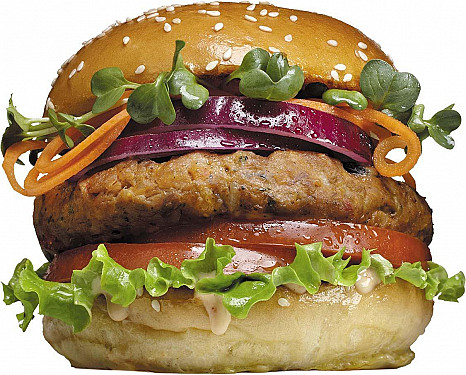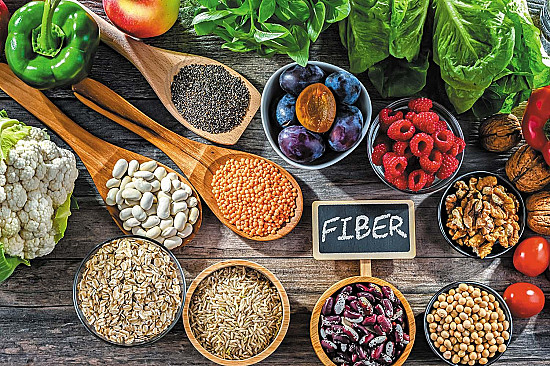What are added sugars, and how can you reduce them in your diet?

Adapted from Reducing Sugar in Your Diet , Medical Editor: Frank Hu, MD, MPH, PhD, Professor of Nutrition and Epidemiology, and Chair, Department of Nutrition, Harvard T.H. Chan School of Public Health.
Added sugars pose some significant health risks. Yet, according to the USDA’s 2020–2025 Dietary Guidelines for Americans, 70% of Americans eat more than is recommended for good health. Part of the problem is that added sugars are nearly everywhere in the food supply.
Assuming a person takes in about the same number of calories per day, added sugars reduce the space available for nutrient-dense foods that support good health. The Dietary Guidelines point out that when daily calories from added sugars exceed 10%, it becomes very hard to meet the recommendations for a healthy diet.
How much added sugar should you have in your diet?
Expert panels have looked at the research on added sugar and, in an effort to combat obesity and safeguard public health, have recommended upper limits on added sugar intake. While these recommendations differ on the upper threshold for safe sugar consumption, they agree that less is better. Choose the goal that seems feasible for you.
TheDietary Guidelines for Americans recommend limiting added sugars to less than 10% of total daily calories. That means no more than 50 grams of added sugars per day (200 calories) in a 2,000-calorie diet should come from added sugars. That’s the equivalent of about 12 teaspoons of table sugar. One 12-ounce soda contains about 10 teaspoons of sugar.
The American Heart Association recommends an even lower threshold for added sugars than the Dietary Guidelines: no more than 6% of daily calories. That means keeping calories from added sugars under 100 calories a day (24 grams, or 6 teaspoons) for women and under 150 calories (36 grams, or 9 teaspoons) for men.
Note that both of these guidelines apply only to sugar added during food and beverage processing or manufacturing. The total grams of sugar you consume from naturally occurring sources, like fruits and vegetables, are not included.
These science-based recommendations put hard numbers on goals for reducing added sugar. But from a practical standpoint, it can be difficult to count the calories you consume daily from added sugars. It doesn’t take that much to exceed the recommended limits.
As a first step, try to become more aware of the amount of added sugars in foods, and then gradually reduce your consumption of those foods over time. Especially if your current consumption is on the high side, even a few changes will make a difference.
How to reduce added sugars
If you consider yourself a “sugar addict,” going cold turkey may not be the most successful strategy. Instead, take reasonable and practical steps to reduce your consumption of sugar. This will require some work and diligence, but over time you can substantially improve the quality of your diet.
Have patience with yourself. Years of exposure to highly sweetened foods and beverages conditions our expectations for what “tastes good.” Keeping added sugar in your diet to a minimum may require a period of retraining your palate to enjoy the natural flavors and sweetness of foods.
Banning sugar entirely is unnecessary, and not even healthy. After all, some of the sugars you take in come from naturally occurring sources in whole foods. The most important step is becoming more aware of how much sugar has been added to your food, and then taking reasonable and practical steps to reduce your consumption.
Target the categories of food where reductions will have the most impact. According to the Dietary Guidelines for Americans, nearly 70% of added sugars come from these five types of food and drink:
- sweetened beverages such as colas
- desserts and sweet snacks
- sugar-sweetened coffee and tea drinks
- candy
- breakfast bars and cereals.
Aiming for a gradual reduction works best for most people. These suggestions can help you find and cut back on the sugar in your diet.
Disclaimer:
As a service to our readers, Harvard Health Publishing provides access to our library of archived content. Please note the date of last review or update on all articles.
No content on this site, regardless of date, should ever be used as a substitute for direct medical advice from your doctor or other qualified clinician.















